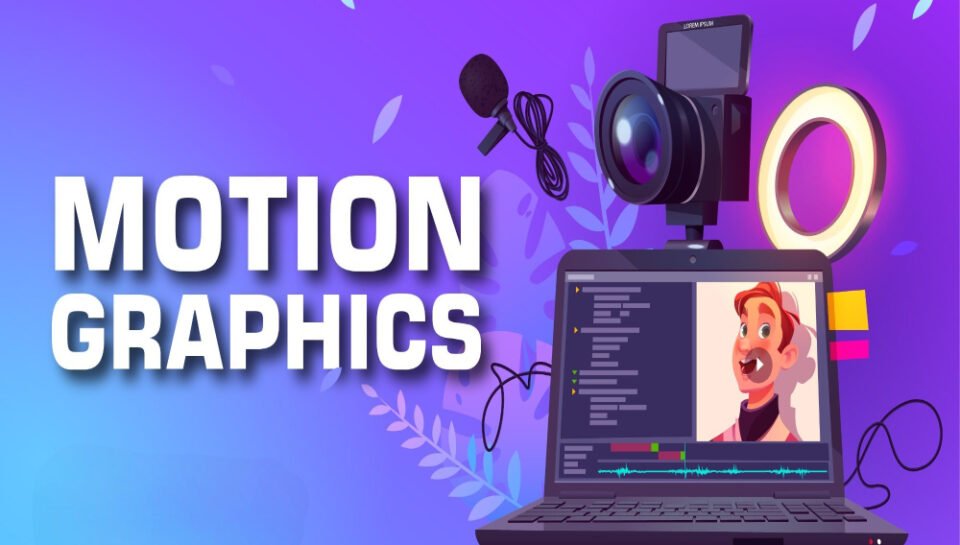
How can motion graphics enhance branding in tech demos?
1. Clarifying Complex Technical Concepts
Motion graphics break down sophisticated technologies into understandable visuals. For tech demos, this helps the audience comprehend abstract systems like cloud infrastructure, machine learning, or cybersecurity protocols with ease. Animated explanations are especially useful for stakeholders without deep technical backgrounds.
- Visualize data flow in networks, APIs, or cloud pipelines through animation
- Demonstrate step-by-step processes like encryption or neural training visually
- Use icons and movement to simplify jargon-heavy concepts
- Depict user journeys across platforms or layers of a tech stack
- Create animated infographics that compare “before” and “after” scenarios
2. Increasing Viewer Engagement and Retention
Tech demos often contain dense information, which can lead to viewer fatigue. Motion graphics sustain attention by adding visual interest, rhythm, and interactivity. This increases both content retention and emotional engagement.
- Use kinetic text to highlight key statistics and messages
- Add animated transitions to smoothly guide attention between topics
- Employ storytelling arcs enhanced by motion for better recall
- Include branded color schemes and animations that reinforce identity
- Insert subtle animations during pauses or transitions to avoid visual stagnation
3. Reinforcing Brand Identity and Professionalism
Motion graphics provide an opportunity to extend a company’s brand into video format. A consistent visual language with sleek, modern animations strengthens perceptions of professionalism and innovation.
- Use branded palettes, logos, and typefaces in animated elements
- Apply custom transitions that mirror brand personality (e.g., smooth for modern, angular for bold)
- Animate taglines or product names with signature motion patterns
- Sync music and animation style to your brand’s tone (e.g., energetic vs. sophisticated)
- Build intros and outros that act as a signature visual stamp on all videos
4. Showcasing Product Features and User Interfaces
Motion graphics are ideal for showing how products function in real-time without needing live demos. They enable simulation of interfaces, behaviors, and data interactions in a polished and polished manner.
- Animate UI walkthroughs without dependency on real software builds
- Highlight interactive elements such as buttons, menus, or settings dynamically
- Demonstrate AI outputs, dashboards, or automation triggers using animated overlays
- Show progress bars, alerts, or notifications in real-use scenarios
- Use motion to indicate user inputs and their corresponding system responses
5. Conveying Innovation and Technical Sophistication
Motion design itself communicates innovation. By integrating high-quality animations into tech demos, companies signal they are technologically forward-thinking and detail-oriented. This contributes to audience confidence in the solution.
- Include futuristic visuals like neural networks, virtual interfaces, or holograms
- Use transitions and pacing that reflect technological precision
- Add animated data points, code flows, or algorithmic patterns for a “techy” feel
- Show scalability or system evolution through morphing animations
- Position the brand as innovative by aligning with trends in visual storytelling
6. Facilitating Multi-Platform Distribution and Scalability
Motion graphics create reusable assets that work across different platforms—web, social media, pitch decks, or investor demos. They support efficient storytelling at multiple levels of detail and audience engagement.
- Repurpose segments for teaser clips or product social campaigns
- Scale animations into product onboarding or feature tutorials
- Translate demos into multiple languages by swapping audio/text layers
- Maintain quality across devices due to vector-based and rendered outputs
- Integrate animated assets into interactive product tours or landing pages





